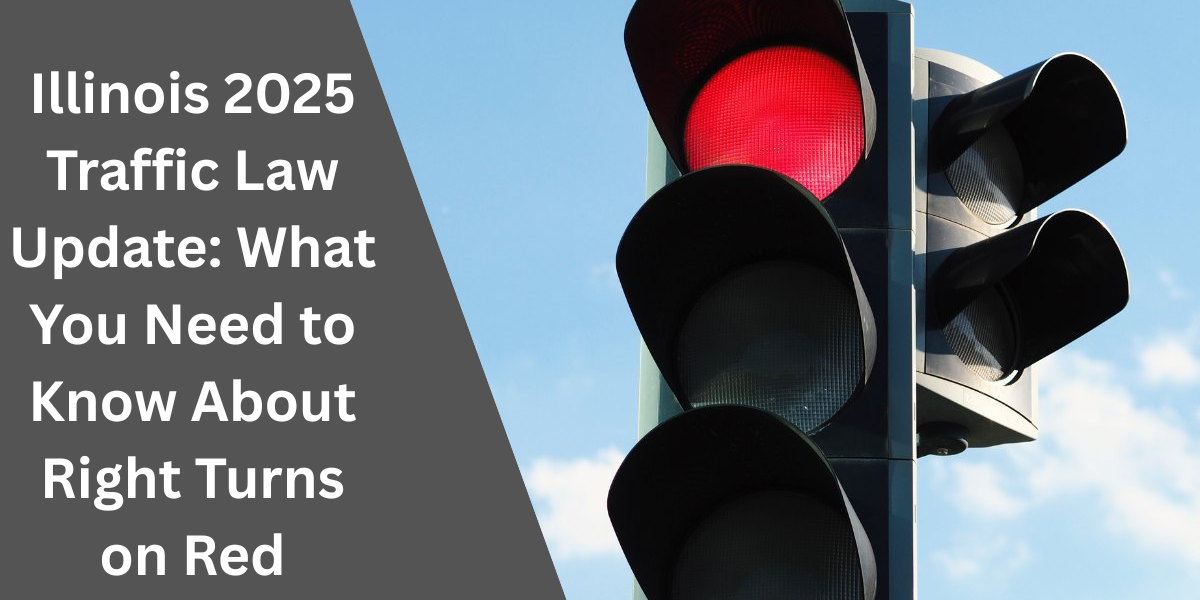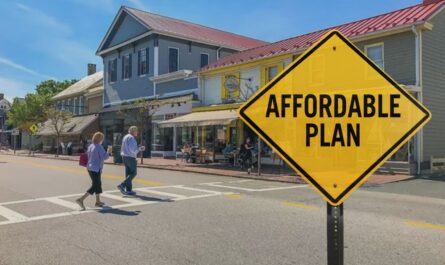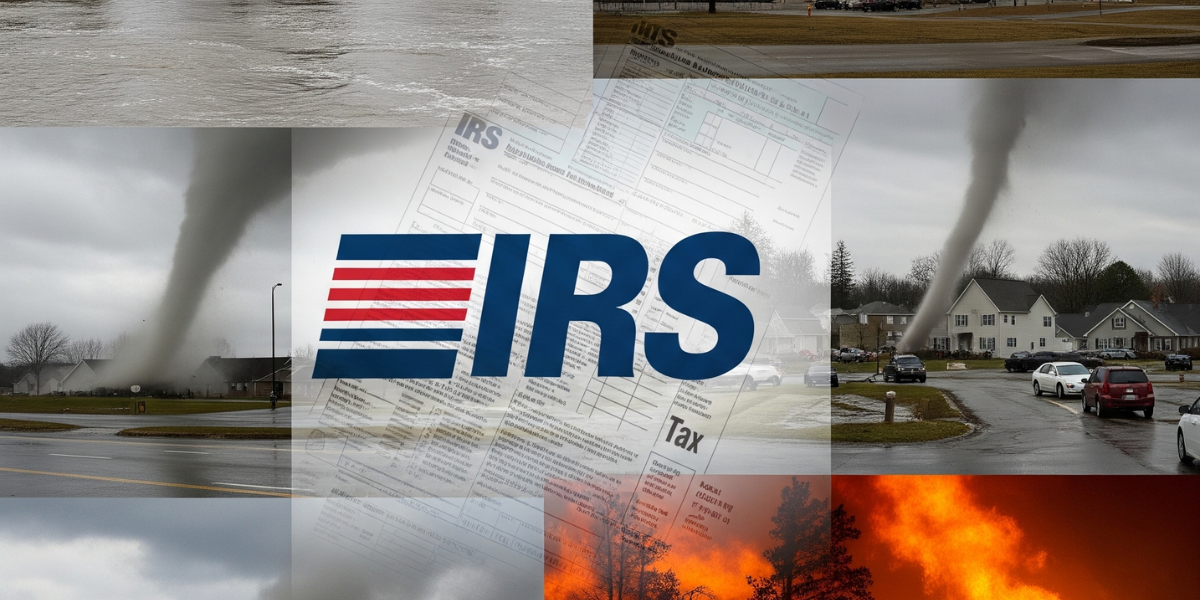The Supplemental Nutrition Assistance Program (SNAP), which is the largest anti-hunger program in the United States, might undergo a significant transformation as a result of a comprehensive federal budget proposal called as the Big Beautiful Bill. This change is anticipated to have repercussions throughout the state of North Dakota.
In 2024, the Supplemental Nutrition Assistance Program (SNAP) provided assistance to around 41.7 million Americans on a monthly basis, which is equivalent to approximately 12% of the total population of the United States, or one in every eight individuals. Food aid is provided on a monthly basis to low-income households through electronic benefit transfer (EBT) cards, which are accepted at over 260,000 stores across the country. This program is an essential component of the social safety net that operates in the United States.
Through stricter eligibility standards, reduced benefit amounts, and increased job requirements, the proposed law would bring about a reduction in the amount of money spent by the federal government on the Supplemental Nutrition Assistance Program (SNAP). Many households, including the 48,700 North Dakotans, or one in sixteen inhabitants, who relied on the Supplemental Nutrition Assistance Program (SNAP) in 2024, could be impacted by these changes.
SNAP is not just a tool for alleviating poverty on a national level, but it also serves as a stabilizer for the economy. It is estimated by the United States Department of Agriculture that every dollar in Supplemental Nutrition Assistance Program (SNAP) benefits generates $1.50 in economic activity, which helps grocers, farmers, and food producers equally.
With an average of $191 per person per month, the Supplemental Nutrition Assistance Program (SNAP) payouts in North Dakota were $111.45 million in 2024. These payments are intended to assist in meeting the fundamental dietary requirements of families with children, older citizens, and working persons, which are the categories that constitute the bulk of recipients on both the state and national levels.
Those who are in favor of the bill claim that the proposed changes will lower the rate of dependency and increase employment. Critics, however, are concerned that the changes could undo the progress that has been done in reducing food insecurity. Every year between 2015 and 2019, the Supplemental Nutrition Assistance Program (SNAP) moved an estimated 14,000 North Dakota residents, including 7,000 children, over the poverty line.
On account of the fact that 8.6% of households in North Dakota reported experiencing food insecurity in 2023 and that 9.8% of the population lives below the poverty line, campaigners believe that the proposed changes might make the situation even more difficult, particularly in rural areas where access to food is already limited.
In the midst of the House’s discussion of the measure, state officials and community organizations are preparing for the possibility of adverse consequences. The most needy inhabitants of North Dakota could be targeted by the Big Beautiful Bill, which, if passed into law, would be one of the most dramatic changes to the Supplemental Nutrition Assistance Program (SNAP) in the past several decades.


 by
by 

